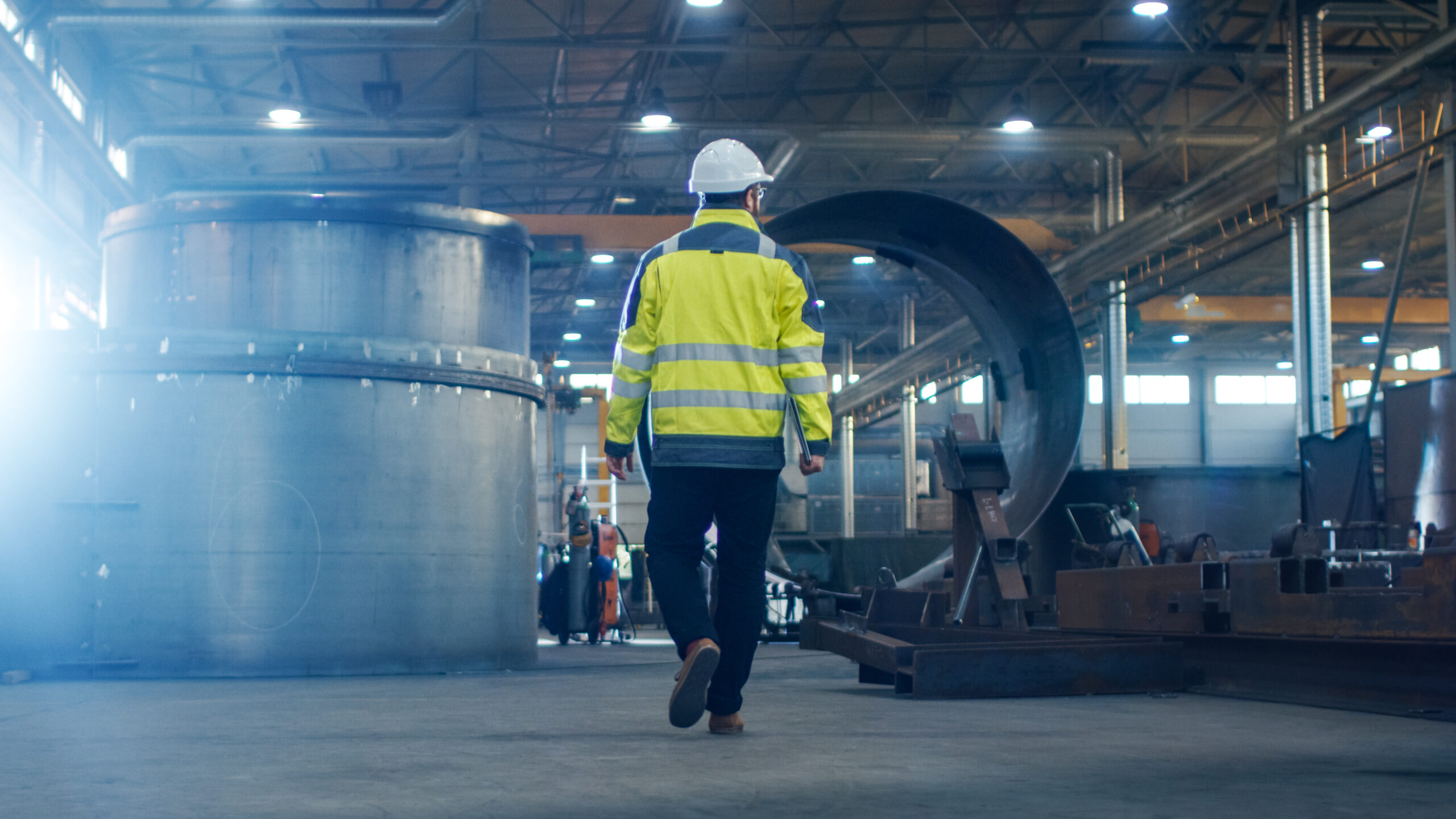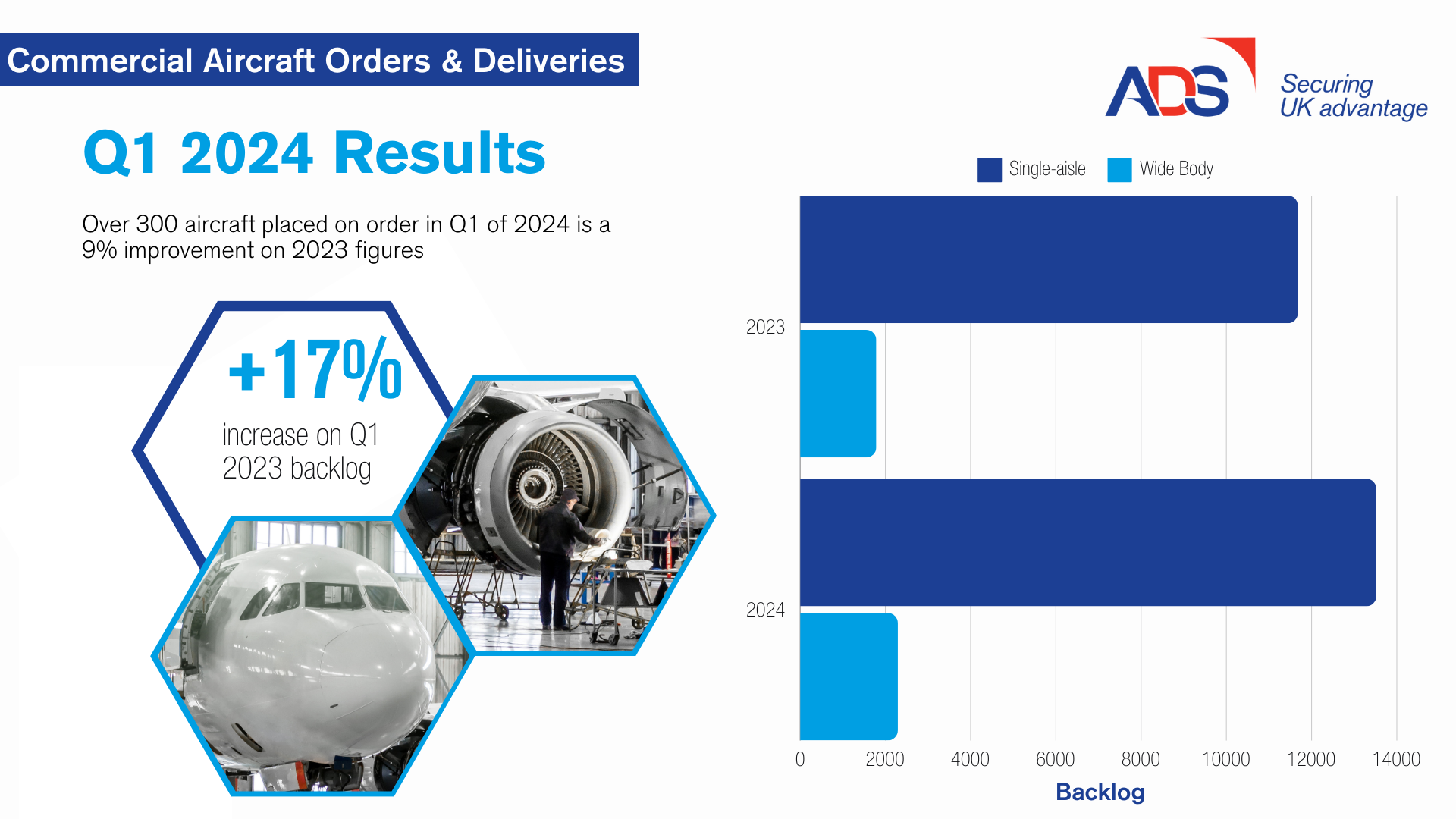Earlier this month, the ADS Public Affairs, Policy and Media team visited the UK’s Satellite Applications Catapult Centre – set on the outskirts of Oxford, and within the Harwell Space Cluster. Following the visit, and seeing first-hand the capabilities on offer, the benefits of the Catapults (and how they will be vital to pulling UK innovation to the market) are made abundantly clear.
The Satellite Applications Catapult is 1 of 7 catapults which have been developed since 2010 – all with the main purpose of “exploiting the most promising new technologies, where there is a genuine UK potential to gain competitive global advantage”. (Other catapults include Transport, Digital, Offshore Renewables and High-Value Manufacturing). Each catapult has facilities which allow ideas and concepts to be translated to market – and seeks to plug the two main gaps where innovation can fail.
The first gap is around the initial infrastructure required to move an ‘idea’ into development. This includes working with business to develop prototypes, and testing potential applications. The second gap is where an idea and has been tested and developed extensively, but the support in place to bring the product/ service to mass market is unavailable. Here, the catapult offers help with financial modelling and business service support.
In the case of the Satellite Application Catapult, the building has impressive capabilities to help foster innovation, including:
- A SatCom Lab – which helps develop and test technologies across a range of satellite hardware.
- A Visualisation Centre – within a 7×2 metre video wall with 3D visualisation screen for presentations.
- Operations Centre – an end-to-end centre for cost-effective satellite flight operations, payload data processing, and exploitation services; allowing extensive Earth Observation.
Picture taken by ADS Team of Ops Centre
The operations centre is seen as the hub of the catapult – and the picture above was taken from our visit where we were shown an ongoing project to help combat illegal fishing. The project meshes satellite and other data to monitor the activities of vessels, automatically triggering alarms when suspicious activity is observed. This could help reduce the global cost of illegal fishing – said to be worth $23bn.
The catapult itself sits within the Harwell Space Cluster – a campus with over 50 space organisations, 5,000 researchers, engineers and innovators, and which has had around £2bn of infrastructure investment already. Indeed, parts of this investment include the European Space Agency (ESA) will establish a new Business Incubation Centre. The ESA having a permanent facility in the UK will also be vital in helping to secure UK content on future European missions.
The catapults are important for the simple reason that they offer a unique space and creative environment where engineers, researchers, academics and businesses can come together, discuss and test potential ideas openly – and then have the support to bring these ideas to market.
A concept which was developed from the initial Dr Hermann Houser report to the UK government in 2010, on “The Current and Future Role of Technology and Innovation Centres in the UK” – the rationale for such centres was to close the gap between Academia and Business through a “translational infrastructure to provide a business focused capacity and capability that bridges research and technology commercialisation.” It is supporting this infrastructure and more broadly, the conversation between academia and business which is key to the catapults driving focus.
Whilst a 2014 review of the initial report has asked for 30 such catapults by 2030, the main emphasis over the next 5 years must be on ensuring the current catapults are funded and supported correctly and fully – allowing them to exploit the future projects under initial discussion and help deliver the economic benefits of projects currently underway.






